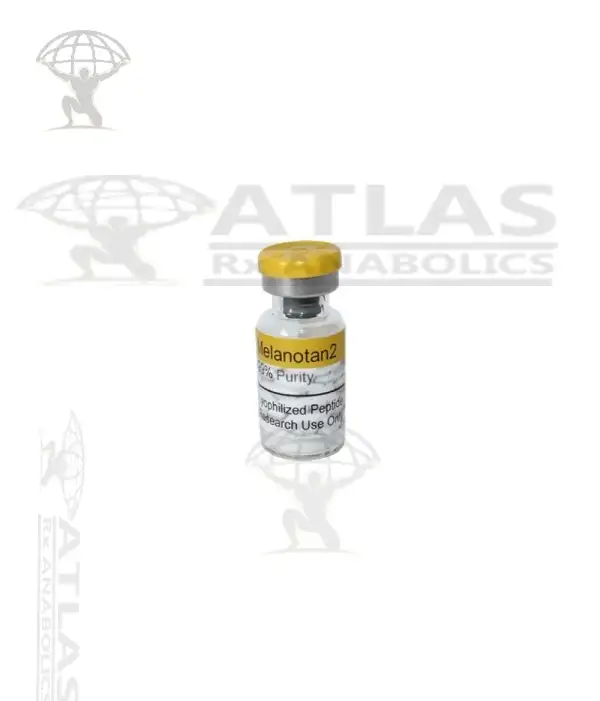Description for MT2 Tans
MT2 Tans, also known as Melanotan II Tans, are a type of synthetic peptide that is commonly used for tanning purposes. This peptide is designed to stimulate the production of melanin in the body, which is responsible for the pigmentation of the skin, hair, and eyes. MT2 Tans are often used by individuals who desire a darker and more even tan, without the need for excessive sun exposure.
Here are some key points about MT2 Tans:
1. Mechanism of Action: MT2 Tans work by stimulating the melanocortin receptors in the body, specifically the MC1R receptor. When these receptors are activated, it triggers a series of biochemical reactions that lead to increased production of melanin. As a result, the skin becomes darker, providing a tan-like appearance.
2. Benefits of MT2 Tans: One of the main advantages of using MT2 Tans is the ability to achieve a tan without the need for prolonged sun exposure. This can be particularly beneficial for individuals who have fair skin or are prone to sunburns. Additionally, MT2 Tans can help to even out the skin tone, reduce the appearance of blemishes, and enhance the overall appearance of the skin.
3. Dosage and Administration: MT2 Tans are typically administered via subcutaneous injection. The dosage and frequency of use may vary depending on individual factors such as skin type, desired level of tanning, and previous exposure to MT2 Tans. It is important to follow the instructions provided by a healthcare professional or the manufacturer to ensure safe and effective use.
4. Potential Side Effects: While MT2 Tans can be effective for tanning, they may also have potential side effects. These can include nausea, flushing, increased libido, darkening of moles, and in some cases, increased blood pressure. It is crucial to consult with a healthcare professional before using MT2 Tans to understand the potential risks and benefits.
5. Safety Considerations: It is important to note that MT2 Tans are not approved by regulatory authorities for use as a tanning agent. They are often marketed as research chemicals or for personal use, which means they may not undergo the same rigorous testing and quality control processes as approved medications. Therefore, it is crucial to source MT2 Tans from reputable suppliers and consult with a healthcare professional before use.
In conclusion, MT2 Tans are synthetic peptides that can stimulate the production of melanin in the body, leading to a darker and more even tan. While they may offer benefits for individuals seeking a tan without excessive sun exposure, it is important to consider the potential side effects and consult with a healthcare professional before use. Safety and proper administration should always be a priority when using any tanning product.
Shipping Cost
On all orders is set at $25.00
Secure checkout
Protected by Bitcoin
Offer & gift here
On all huge orders









Sarah Rodriguez
I am extremely happy with my purchase. The product arrived quickly and works perfectly. Thank you!